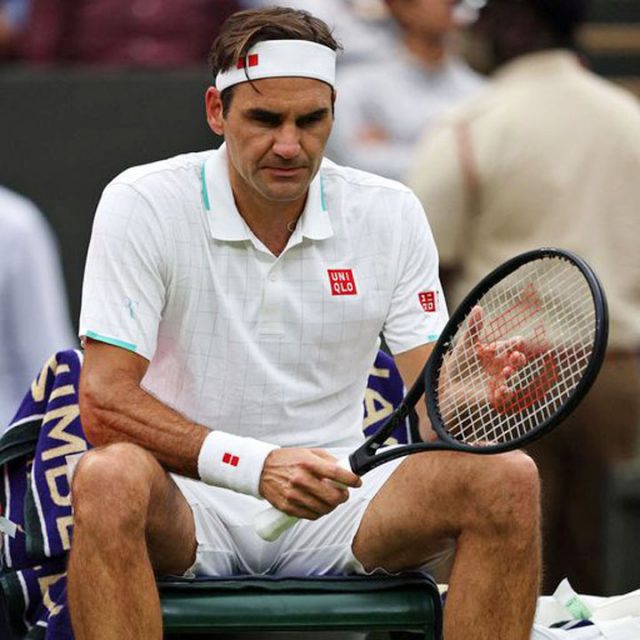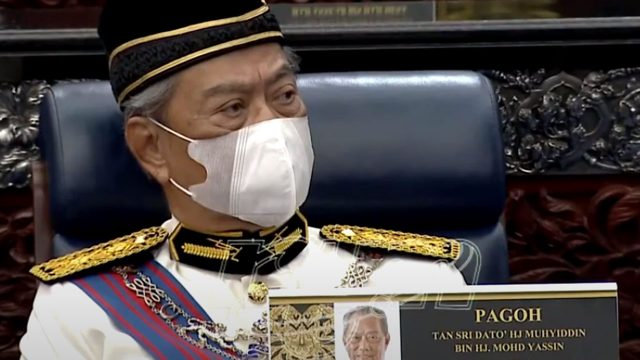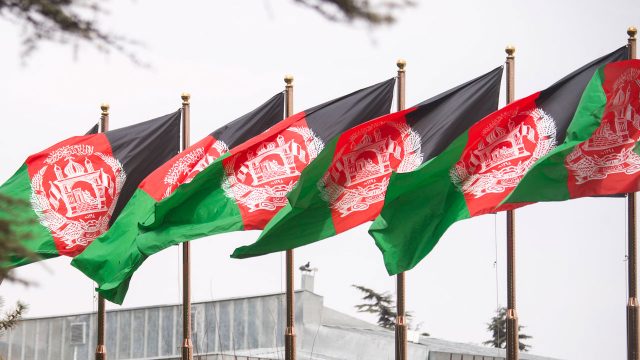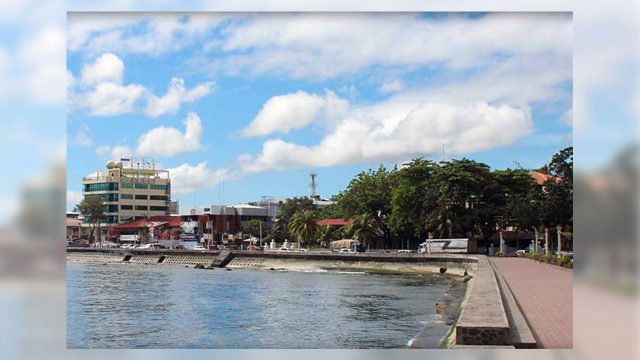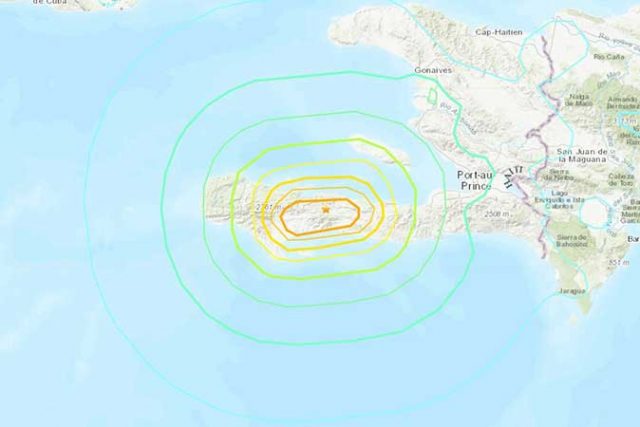Olympian Eumir Marcial set for possible pro fight later this year

By Michael Angelo S. Murillo, Senior Reporter
FOLLOWING his successful foray in the recent Tokyo Olympics, bronze medal-winning boxer Eumir Felix D. Marcial is set for a return fight as a professional before the year ends, his promotion said.
Speaking on the Power & Play program on Saturday, Sean Gibbons, president of Manny D. Pacquiao-led MP Promotions, said they are working on a possible fight for Mr. Marcial, 25, to resume his professional career and build on the gains he had in the Olympics.
Mr. Gibbons said they are hoping to bring the Filipino boxer to the United States sometime in September to start his training and finalize a potential fight.
“He’s going to be in the ring, having another pro fight by the end of the year. That’s for sure,” Mr. Gibbons said.
Mr. Marcial signed with MP Promotions in the middle of last year just as he was in the midst of his preparation for the Olympics.
There was no conflict in it as professional boxers are now allowed to compete in the quadrennial Games.
After signing up to be a pro, Mr. Marcial went to the States and trained at the Wild Card Gym under famed boxing coach Freddie Roach.
He had his first pro fight in December where he convincingly won over American Andrew Whitfield by unanimous decision.
Mr. Marcial then returned to the country to continue his preparation for Tokyo, where he eventually reached the semifinals of the middleweight division.
He lost to Ukrainian Oleksandr Khyzhniak in the semis by split decision but not after putting up a gallant stand in an action-packed encounter that could have easily gone the other way. For his efforts, he got bronze.
While admitting to hoping that Mr. Marcial would win gold, Mr. Gibbons said they at MP Promotions are nonetheless proud of what he has achieved, especially after seeing how he performed throughout the Olympics.
“I’m very impressed and proud of Eumir. He was winning the fight [against Khyzhniak] going into the third round, he just couldn’t make a few adjustments,” Mr. Gibbons said.
Adding, “I’m happy for what he has achieved, winning a medal, making the Philippines proud, his family proud, himself proud. And the Senator (Pacquiao) and myself are very proud of what he accomplished.”
Mr. Marcial said that after competing in the Olympics, he is still determined to represent the country in different international competitions if given the opportunity despite being a professional boxer.
Meanwhile, it has been a busy two weeks for MP Promotions as fighters under it are scheduled for a couple of world title fights.
First to see action was World Boxing Organization (WBO) bantamweight champion John Riel Casimero, who successfully defended his title on Sunday (Manila time) against Cuban challenger Guillermo Rigondeaux by split decision.
Up next is Mr. Pacquiao on Aug. 22 where he will try to get back the World Boxing Association (WBA) welterweight belt from Yordenis Ugas also of Cuba.


